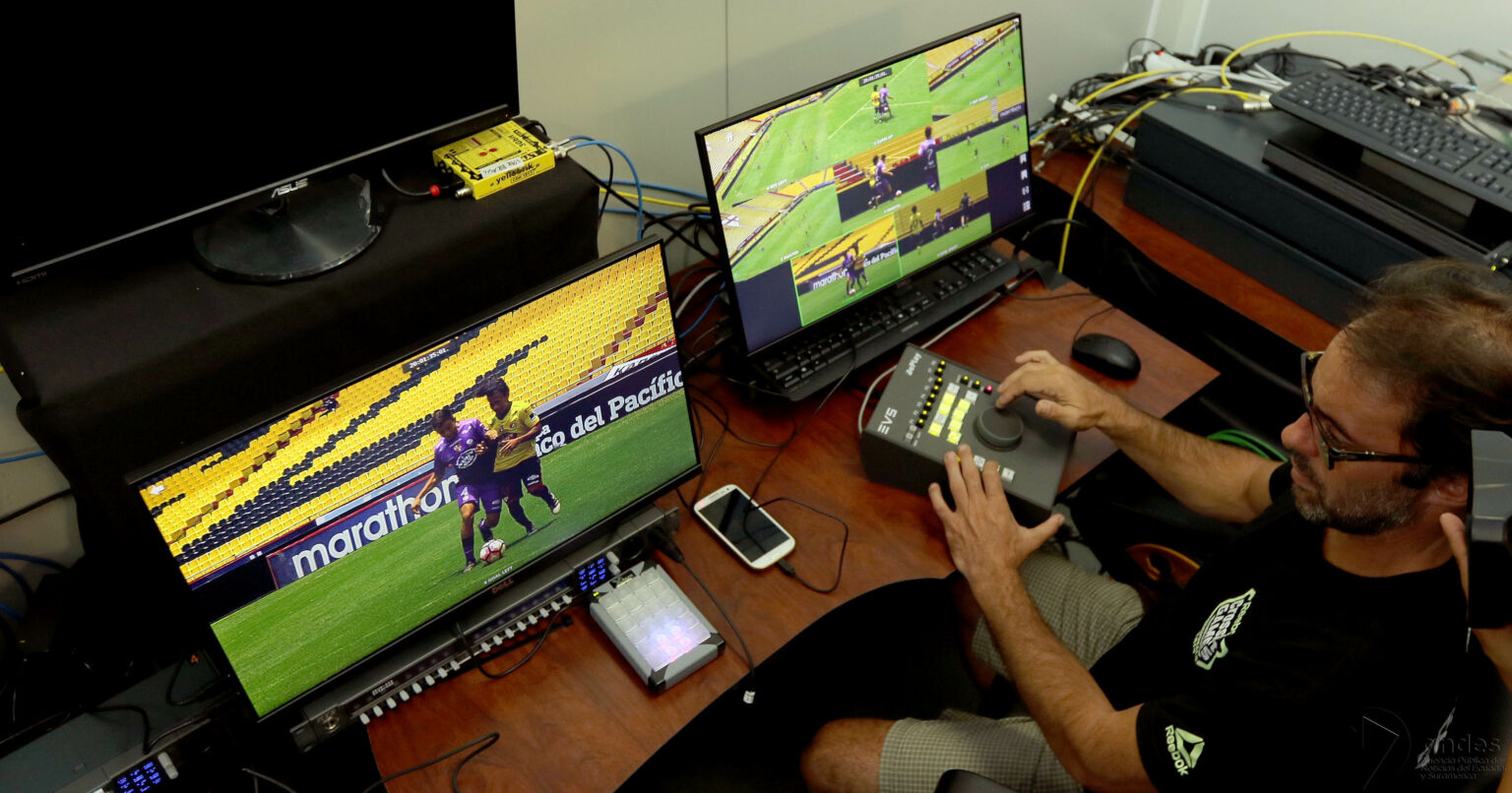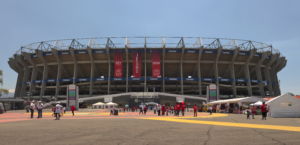Technology has had a massive impact on the modern soccer game. Until recently, players were only able to gauge the quality of their performance based on the opinions of their teammates and coaches.
With the introduction of advanced analytics and data tracking, players have more information than ever available at their disposal.
Video Assistant Referee (VAR)
The first and most significant technology introduced into soccer was video assistant refereeing, or VAR, as it’s commonly known.
The system was rolled out by FIFA in 2017 after years of testing by various leagues worldwide, including the English Premier League in 2016 and 2017.
The system is designed with one goal: to reduce human error where possible.
It uses multiple cameras at each match to review decisions that may have been incorrect due to a wrong angle or an incorrect interpretation of the rules by a referee. The system was quickly used during the 2018 World Cup but also received its first major controversy when a decision was incorrectly overturned against England against Tunisia.
What became clear over time is that players are adapting well to VAR, but there will always be a question about how much a person can rely on technology in such a critical environment.
Additional Officiating Tech
- Goal-line Technology: Systems like Hawk-Eye use multiple cameras to accurately determine if the entire ball has crossed the goal line.
- Offside Detection System: Semi-automated offside technology typically involves the use of multiple cameras and computer algorithms to quickly analyze player positions in relation to the ball and the opposing team’s defensive line. When an offside decision needs to be made, this technology can provide the Video Assistant Referee (VAR) and the on-field referee with more accurate and timely information, thereby reducing errors and enhancing the flow of the game.
Player Performance Trackers
Soccer performance trackers are wearable devices players use during soccer training or matches. They contain sensors that measure movements and other metrics, such as speed and distance. These trackers can also monitor your health and help you understand yourself better.
- GPS Wearables: Players often wear GPS vests under their jerseys during training and sometimes during matches to track movements, speed, distance covered, and other physical metrics.
- Heart Rate Monitors: These provide real-time data on players’ cardiovascular health and effort levels.
- Accelerometers and Gyroscopes: These sensors are sometimes built into wearables and help measure the force and direction of players’ movements.
- Footwear Technology: Smart boots have sensors embedded to track metrics like kick speed, spin, and contact with the ball.
- Video Analysis Software: Post-match video footage is analyzed to evaluate team strategies, player positioning, and opponent weaknesses.
Why Use a Performance Tracker?
Soccer performance trackers analyze a player’s performance, allowing them to improve their performance and see how they compare with other players.
Soccer performance trackers are a tool for players who want to improve their game and become better at soccer. These gadgets can help you track your performance and see what areas need improvement. They also allow you to set goals for yourself, which is an excellent way of keeping motivated and working towards success.
These devices provide additional information about how well or poorly you’re performing on the field by measuring speed, agility, balance, and endurance – among other things. Finally, soccer trackers allow players to evaluate their performance compared to others.
Apps & Data Analysis
Analytics has become a staple of modern soccer. Teams use statistics and analysis to gain the upper hand on their opponents and understand what works best for them.
- Big Data Analytics: Teams use sophisticated data analysis tools to analyze player performance, health metrics, and even scout opponents.
- Machine Learning Algorithms: These are used for predictive analysis, such as predicting player injuries or match outcomes.
- Social Media Analytics: Teams and sponsors analyze fan engagement and sentiments to tailor marketing strategies.
Benefits of Analytics in Soccer
Analytics can help with fitness. Additionally, analytics can help you track players’ performance, set goals, and ensure they are adequately trained.
Analytics can also help prevent injuries by identifying injury risk factors, such as fatigue or decreased flexibility, training load in practice and game situations, and training frequency. The data can be used to develop an appropriate rehabilitation plan to speed up recovery time and reduce the chances of re-injury.
Data science allows a better understanding of how a player develops over their career so that coaches can monitor their growth to maximize potential before they reach peak age. Coaches will know which positions suit each player best based on their skill set and where each player performs best out of all possible positions on the field.










